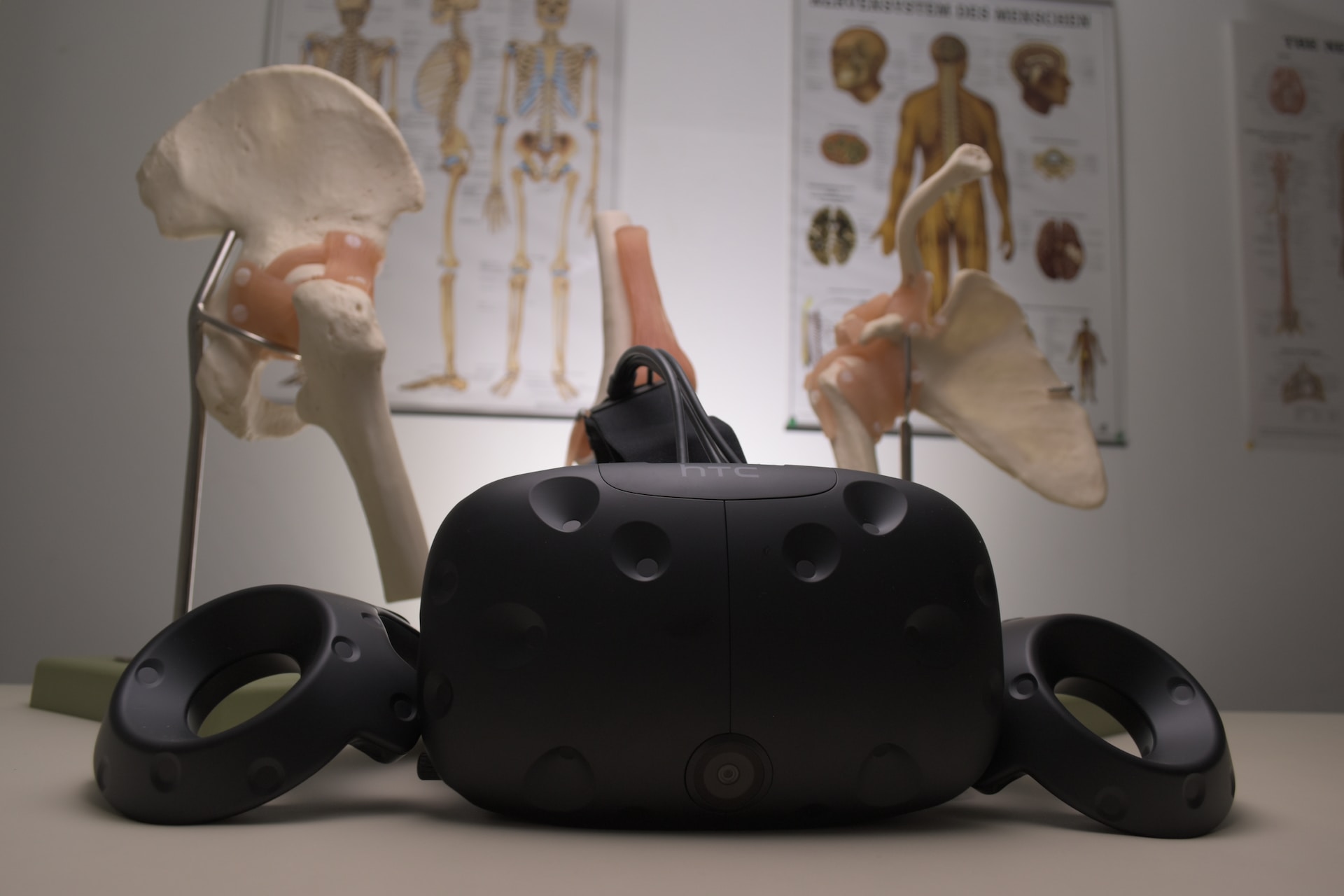The ancient world and its remarkable civilizations continue to hold us in awe. Through archaeology, we’ve been able to unearth fragments of these societies, giving us a tantalizing glimpse into the past. But what if we could do more than just observe these remnants? What if we could interact with them, learning in a way that transcends the barriers of time and space? This article delves into how modern technology is bringing historical artefacts to life, transforming our experiences and our understanding of the past.
Engaging History Through Augmented and Virtual Reality
With the rapid progression of digital technologies, history and archaeology are undergoing a significant transformation. The advent of augmented reality (AR) and virtual reality (VR) has opened up a whole new realm of possibilities. Through AR and VR, historical artefacts are no longer confined to glass cases. Instead, they can be brought to life, providing immersive experiences that enable us to explore and learn about the past in unprecedented ways.
Not only do these technologies allow us to interact with the past, but they also enrich the experience by giving us a perspective that was previously inaccessible. You can now walk the streets of ancient Rome, admire the grandeur of the lost city of Petra, or witness the construction of the Pyramids, all from the comfort of your living room.
Take, for instance, the immersive VR experience developed by the British Museum, which allows users to explore the Bronze Age. As users traverse the ancient world, they interact with various artefacts and surroundings, offering an in-depth understanding of the epoch’s cultural context. This immersion stimulates a deep sense of curiosity, empowering us to perceive the past from the inside out. By fostering such intimate interactions, AR and VR serve as potent tools for historical education, nurturing a newfound appreciation for our shared heritage.
Reimagining the Ancient World Through Video Games
Beyond AR and VR, video games have also begun to serve as a medium for historical exploration. Through visually rich and interactive environments, video games transport players back in time, allowing them to experience different periods and cultures firsthand. An excellent example of this is the game ‘Book of Dead’. Based on the ancient Egyptian funerary text, the game captures the essence of the historical period without explicitly focusing on gaming aspects. As players navigate through the game, they encounter various expanding symbols, bonus features, and hieroglyphs, providing insight into the beliefs and practises of ancient Egyptians. This fusion of entertainment and education provides a unique lens through which to view the past, rekindling interest in history and ancient civilizations.
Moreover, video games have the unique ability to make the interaction with history a social experience. Players from all over the world can immerse themselves in the same historical context, fostering a sense of community and shared discovery. The real-time multiplayer feature often available in these games further encourages players to engage in lively discussions, exchange insights, and deepen their understanding of the historical context together.
The Future of Historical Interaction

As digital technology continues to advance, so too does our ability to engage with the past. The integration of artificial intelligence (AI) with AR and VR promises to further enhance the realism of historical simulations. Imagine a scenario where you could hold a conversation with a digitally reconstructed historical figure or witness a historical event in real time. The potential for stress-free travel interactions is boundless, making history more relatable and engaging than ever before.
Moreover, the digitization of artefacts ensures their preservation for future generations. By creating digital replicas, we can safeguard historical relics from physical degradation, loss, or damage. This is particularly pertinent in an era of increasing environmental and geopolitical uncertainties that threaten the preservation of our shared heritage.
In summary, the intersection of technology and history is breathing new life into our understanding and experience of the past. As we step into the shoes of our ancestors, traverse the environments they lived in, and interact with the artefacts they left behind, we create a more profound, and intimate connection with history. This burgeoning field of digital archaeology promises a more immersive, interactive, and inclusive understanding of our shared heritage. It’s indeed an exciting time to be a history enthusiast as we embark on these modern virtual escapades into the world of the past.